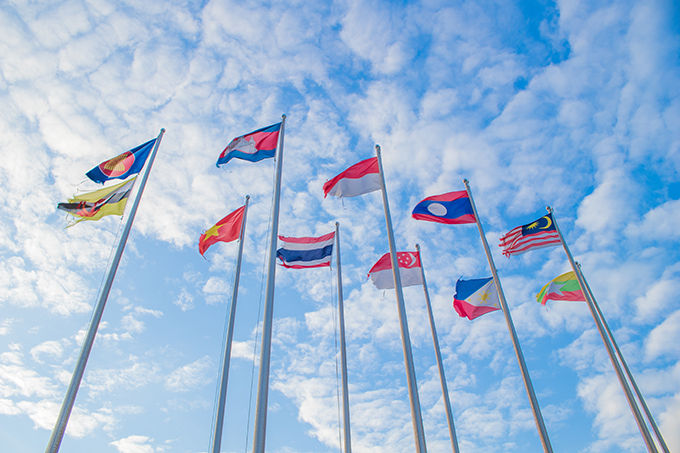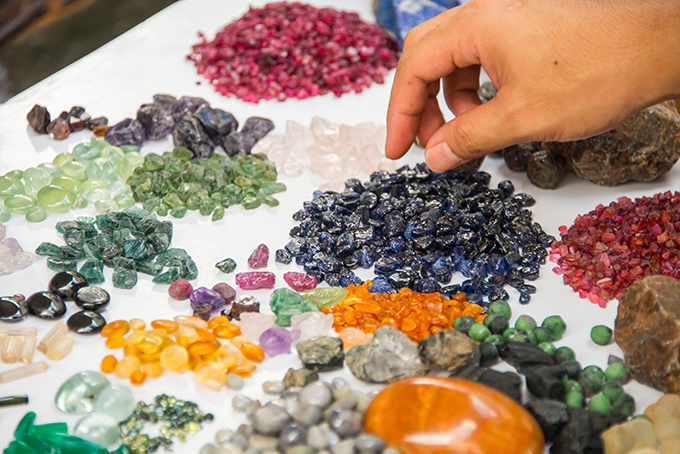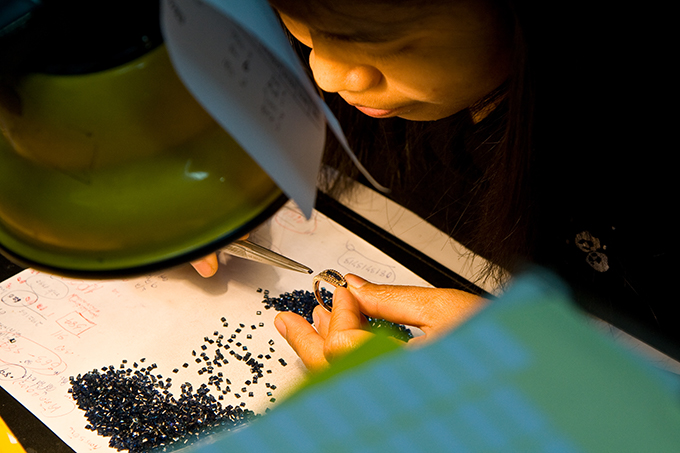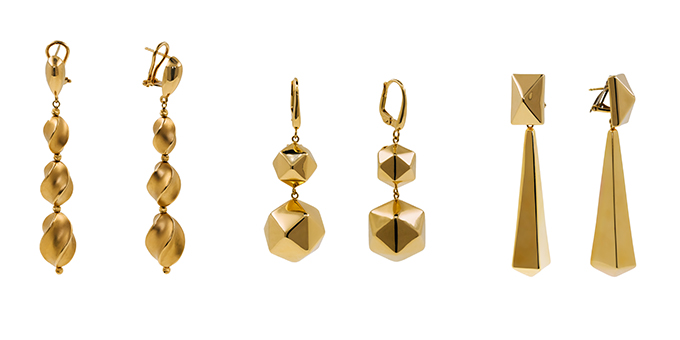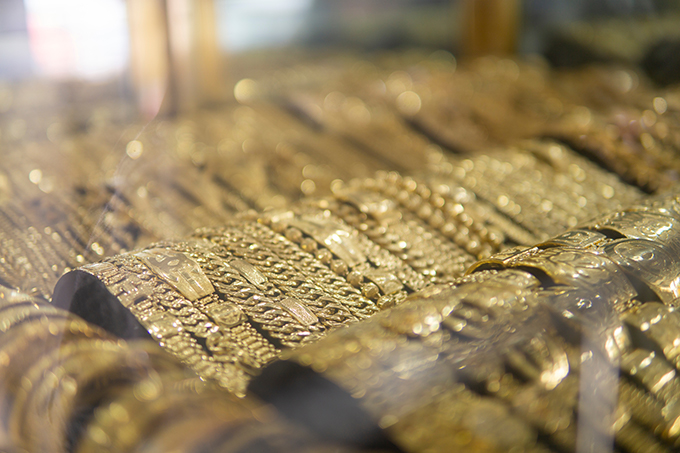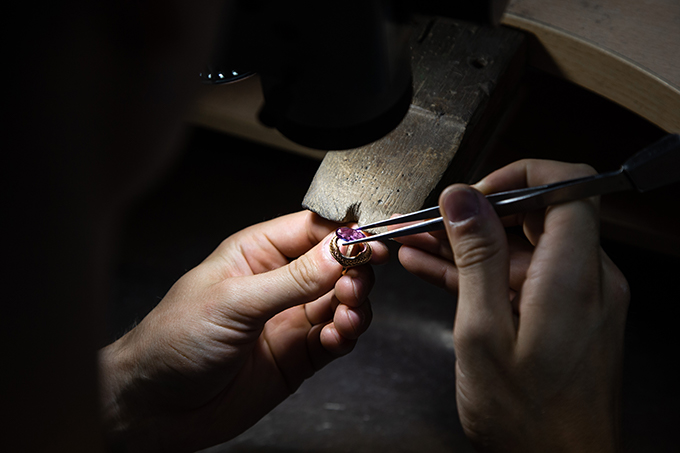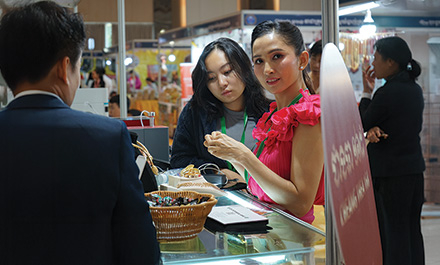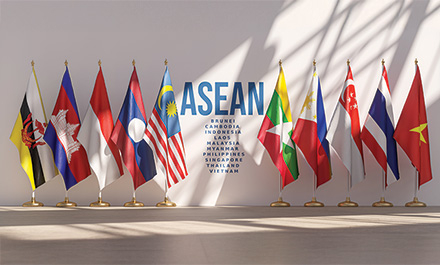Southeast Asian jewellers are upbeat about business prospects moving forward, supported by renewed plans to transform ASEAN into a global centre of jewellery manufacturing and gemstone production.
This article first appeared in the JNA July/August 2023 issue.
Member states of the Association of Southeast Asian Nations (ASEAN) continue to demonstrate steady growth and recovery amid ongoing macroeconomic and geopolitical challenges. Data from the International Monetary Fund showed that ASEAN’s gross domestic product (GDP) grew 5.7 per cent in 2022, with the gradual reopening of markets and resumption of travel.
At the 42nd ASEAN Summit in Indonesia in May 2023, the group revealed that the ASEAN economy is targeted to grow by 4.7 per cent in 2023 and 5 per cent in 2024, propelled by robust domestic consumption, exports and accelerated recovery in services. Southeast Asia is also home to major manufacturers and exporters in the gemstone and jewellery trade, according to Suttipong Damrongsakul, chairman of the ASEAN Gems and Jewellery Association (AGJA). Low cost of doing business, talented manpower, manufacturing expertise and a market of around 680 million people also make the ASEAN market extremely competitive.
The region likewise holds an advantage in raw material sourcing, logistics, training institutions and gemmological services, with the presence of reputable laboratories in the region, shared Damrongsakul, who is also managing director of Thailand-based Gemopolis – a 25-hectare industrial zone dedicated to the jewellery manufacturing industry.
Since its inception in 1990, Gemopolis has consistently attracted foreign investors wanting to set up manufacturing facilities in Thailand. The massive industrial estate currently houses more than 300 jewellers, over 95 per cent of which are from 29 overseas destinations. These include Europe, India, the US, China, Russia, the United Arab Emirates, Japan, South Korea, Australia, Malaysia, Singapore and Hong Kong.
Gemopolis is also expanding – a testament to dazzling opportunities in the jewellery sector in Southeast Asia. The group is constructing two freezone projects in a 15,000-sqm area devoted to small- and medium-sized companies and some larger entities.
“This space will also offer facilities for trading and workshops, not just manufacturing,” Damrongsakul told JNA. “The new zones will be completed by end-2023 and investors can move in and start operations by March 2024. We continue to develop the infrastructure, transportation and services in Gemopolis to serve newcomers.”
Ermin Siow, advisor of the Federation of Goldsmiths and Jewellers Association of Malaysia, likewise attested to the growing importance of ASEAN in the global jewellery and gemstone sector. And Malaysia is among the region’s leading players.
According to Siow, Malaysia produces mostly plain gold jewellery, which comprises 80 per cent of its total jewellery production. Of this, 90 per cent is 22-karat gold jewellery. It also manufactures gem-set pieces with diamonds, sapphires, rubies, emeralds, pearls and jade.
The country exports the majority of the jewellery it produces to the Middle East, Singapore and Hong Kong. This year, it expects a 5 per cent growth in gross domestic product, which adds to its competitiveness as a market. Malaysia also does not impose goods and services and value added taxes and import duties for gold and jewellery.
“Malaysia is the fourth largest jewellery market in ASEAN, behind Indonesia, Vietnam and Thailand. We are also business-friendly, but the market is small. To be successful, you need to find the right partner,” added Siow. “We also conduct two to three jewellery shows a year as a way for potential buyers to get to know the Malaysian market.”
The Philippines, meanwhile, offers business opportunities for those looking to take advantage of its growing domestic jewellery market.
According to Mia Florencio, president of The Guild of Philippine Jewelry Inc, working with the right partner is key to succeeding in the Philippine jewellery sector. She added that the local sector is suffering from the loss of skilled talents to destinations like the Middle East and China. “This also presents an opportunity for foreign suppliers to tie up with Philippine companies to sell locally. There is a big domestic market in the Philippines,” Florencio said at a seminar on the sidelines of the first Jewellery & Gem ASIA Bangkok (JGAB) in April 2023.
Revival of AGJA
Renewed efforts are underway to transform ASEAN into a highly functioning regional hub for jewellery design, manufacturing and exports as well as coloured gemstone production. At the forefront of this undertaking is AGJA, which comprises stakeholders from Southeast Asia’s thriving jewellery and gemstone industry.
ASEAN comprises Brunei, Cambodia, Laos, Indonesia, Malaysia, Myanmar, the Philippines, Singapore, Thailand and Vietnam. AGJA also has members from Japan, China, South Korea, Türkiye, Hong Kong, India, Australia and New Zealand.
Established in 2018, AGJA has a clear and purpose-driven mandate: To foster seamless jewellery and gemstone trade in the region through a unified tax system, among other proposals; provide a platform for knowledge-sharing and technological development; and further build ASEAN jewellers’ OEM/ODM expertise.
The group’s plans were however put on hold in 2019 when the Covid-19 pandemic hit, crippling global economies alongside travel and trade. Now, AGJA is reviving its operations after a three-year hiatus, according to Damrongsakul.
Siow revealed that AGJA is set to be relaunched this September at the Bangkok Gems & Jewelry Fair, which is organised by the Department of International Trade Promotion, Ministry of Commerce, Thailand and The Gem and Jewelry Institute of Thailand (Public Organization).
AGJA is also looking to China for support. In particular, the group is aiming to take part in Shanghai Gems and Jade Exchange’s annual China International Import Expo, which is held every November.
Similarly, AGJA aims to reconnect with the Dubai Multi Commodities Centre, which had earlier expressed interest in hosting AGJA’s annual conference – a significant aspect of the association’s programme – in Dubai, continued Siow.
“All these planned activities will be instrumental in our return,” remarked Damrongsakul. “It is crucial for us to be able to organise an event where our members can come together and touch base with other industry stakeholders.”
Regional strength
One of AGJA’s core objectives is to foster design and brand-building initiatives to elevate the ASEAN jewellery sector to the next level.
Damrongsakul said, “Transitioning from OEM to ODM is a crucial component of modernisation efforts in ASEAN’s jewellery industry. Branding and creating designs with a focus on the Southeast Asian market is the future. This is the direction we are looking at.”
He also highlighted China’s increasingly important role in advancing ASEAN’s growth potential. China is ASEAN’s largest trading partner, with bilateral trade reaching US$669 billion in 2021 – a year-on-year rise of 29 per cent, data from the World Economic Forum stated.
Speaking at JGAB 2023, Simon Chan, CEO of China Gems & Jade Exchange, said jewellery and gem trade opportunities between ASEAN and China can be further strengthened. China’s GDP exceeded forecasts in the first quarter of 2023, rising by 4.5 per cent while jewellery retail sales rose 14 per cent in Q1. Coloured gemstone trade is likewise a promising sector in China, buoyed by solid demand for rubies, sapphires and emeralds. “Jewellery and gems have also evolved from being fine gifts for loved ones to investment options,” revealed Chan.
Damrongsakul revealed that AGJA is also seeking support from China on trade and technology. For his part, Siow said ASEAN members can also benefit from China’s jewellery manufacturing expertise.
“China is ahead of most markets in plain gold jewellery manufacturing. In the past, we would look at Italy or Turkiye as industry leaders in plain gold jewellery. Now, China is making a name for itself on this front. They have advanced manufacturing technology. They are also an export leader,” noted Siow.
Moving forward, AGJA will continue to advocate for a unified tax system and free flow of goods in Southeast Asia to bolster regional trade. Damrongsakul said the association will represent its members in bilateral trade talks and government dialogues to help push for this unified economic bloc.
According to Siow, prospects are bright for the ASEAN jewellery and gemstone trade on the back of sustained demand for top-quality jewellery pieces. This appetite for luxury jewellery only grew stronger during and after the pandemic, owing to the market’s desire to celebrate people and occasions, he added.
Le Yen, general director of the Vietnam Gemstone Jewelry & Art Crafts Association International Trade Center, shares this sentiment, adding that buyers started gravitating towards higher-end gems and jewellery during the pandemic. “From experience, we observed more robust demand for expensive jewellery even during challenging times because these items are often seen as investments,” she continued.
China’s reopening will also bode well for ASEAN. Damrongsakul noted, “The purchasing power of Chinese buyers is growing from strength to strength, specifically the Gen Z. They are starting to buy more jewellery. We can capitalise on this opportunity.”




